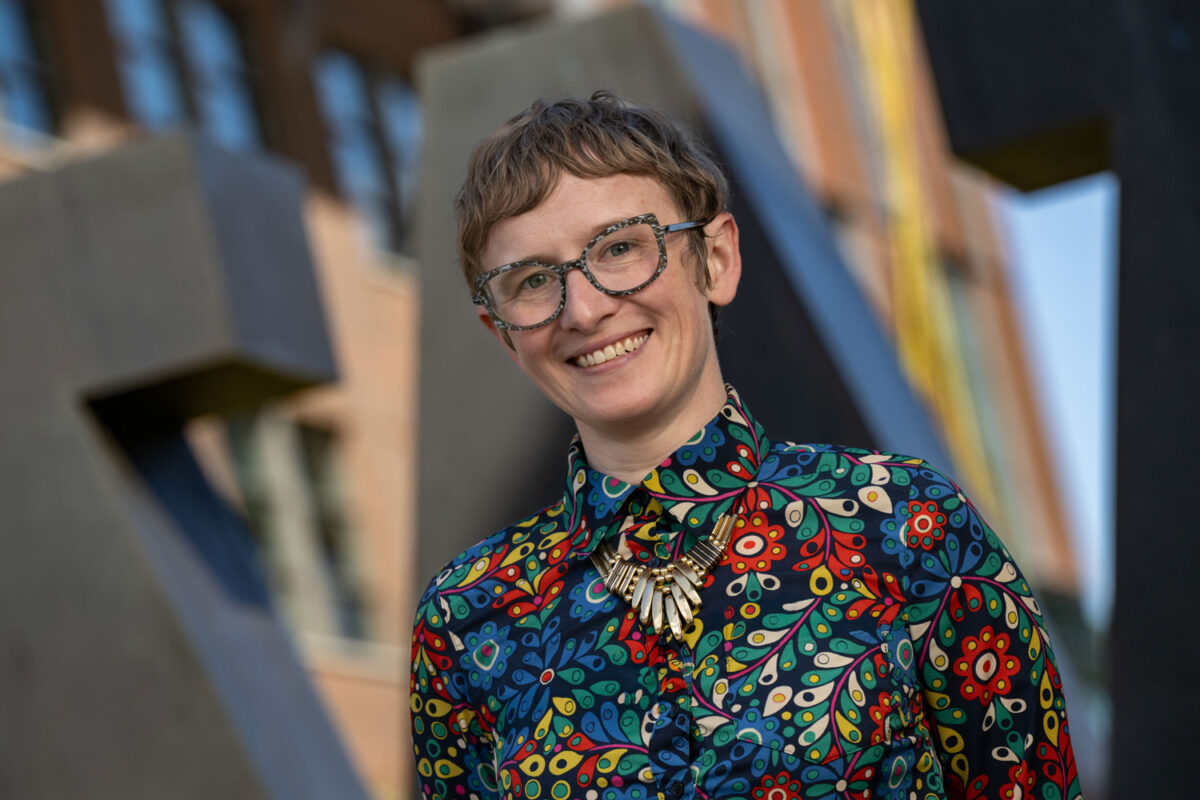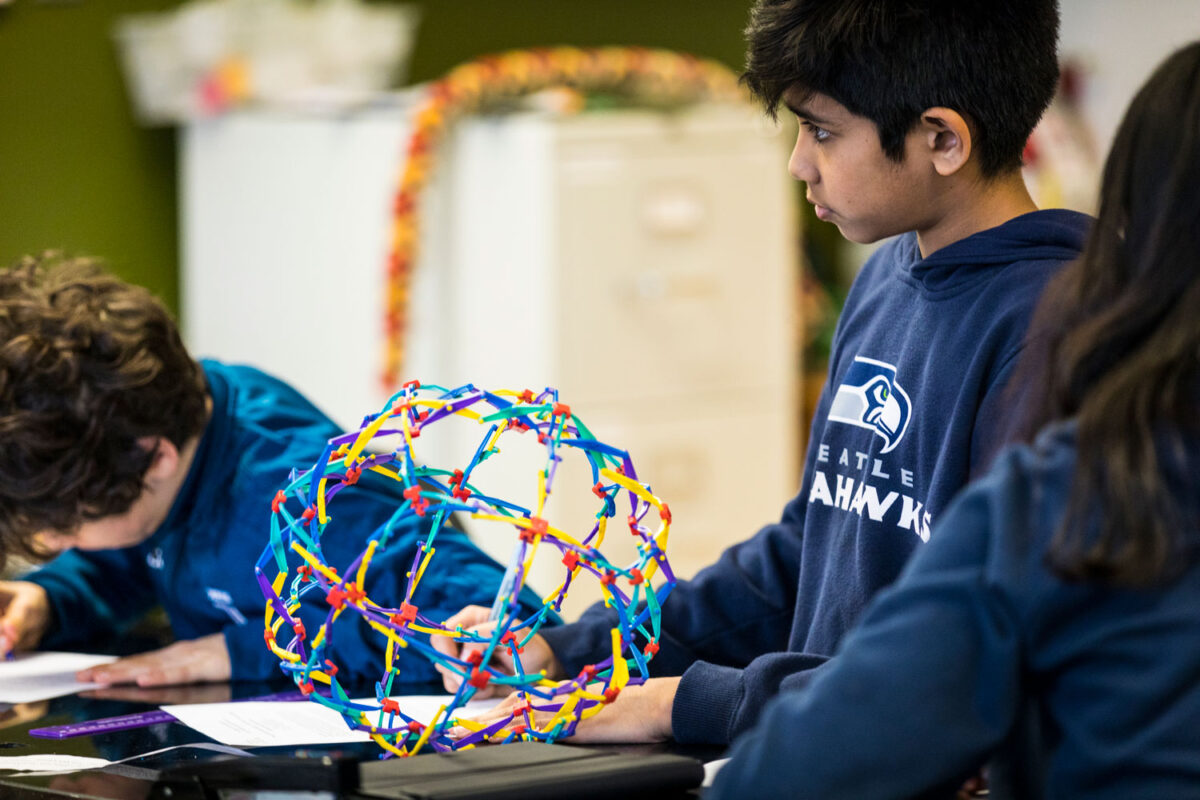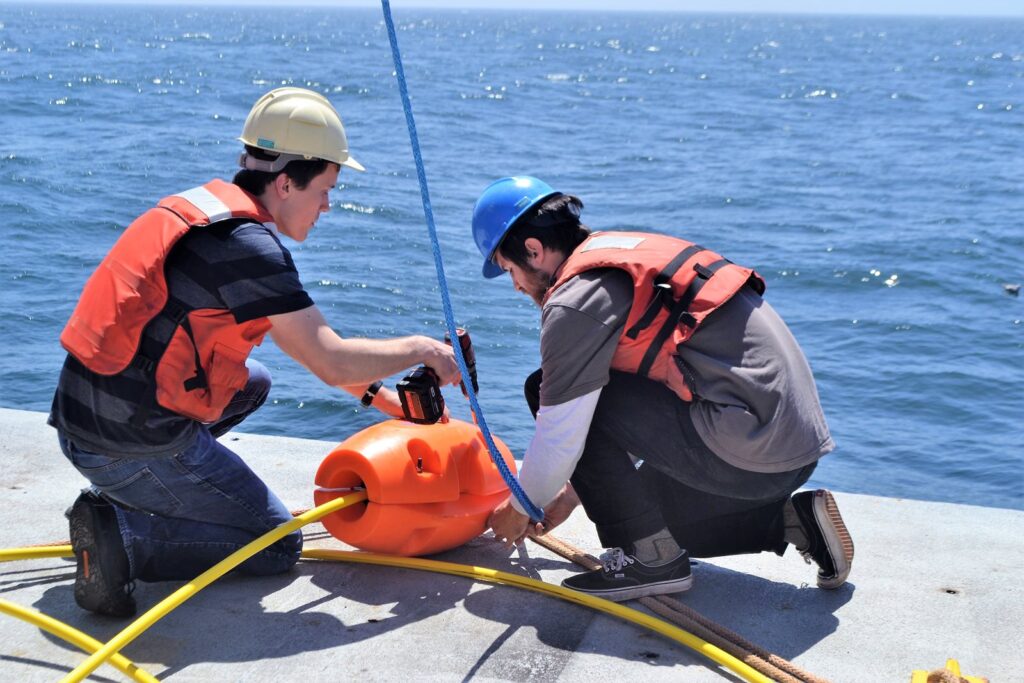
By Douglas Esser
Two University of Washington Bothell students took a cruise off the Northwest coast this summer that was a deep dive into ocean engineering.
Matthew Munson and Spencer Nelson were among about 30 students selected to join with scientists and engineers on a research ship making a series of trips to maintain and upgrade the Ocean Observatories Initiative (OOI) Cabled Array. The array is a network of sensors, cameras and other equipment on the floor of the Pacific, as far as 300 miles off the Washington-Oregon coast. Part of the array covers an underwater volcano known as the Axial Seamount in the same area where the subduction of a tectonic plate threatens a devastating earthquake and tsunami.
This year’s expedition, known as VISIONS ’18, was conducted aboard the research vessel Roger Revelle, a 273-foot ship owned by the Navy and operated by the Scripps Institution of Oceanography. It operated out of Newport, Oregon, on four trips, or legs, with new students swapping places between June 19 and Aug. 5.

The mechanical engineering students, Munson and Nelson, were among six students aboard July 13-19 on the third leg. Munson, a junior, and Nelson, a senior, are both interested in graduate school in ocean engineering. UW Bothell is developing more ocean-related courses in 2019-20. An ocean engineering option for mechanical engineering students is pending approval, said Shima Abadi, an assistant professor in the School of Science, Technology, Engineering & Mathematics.
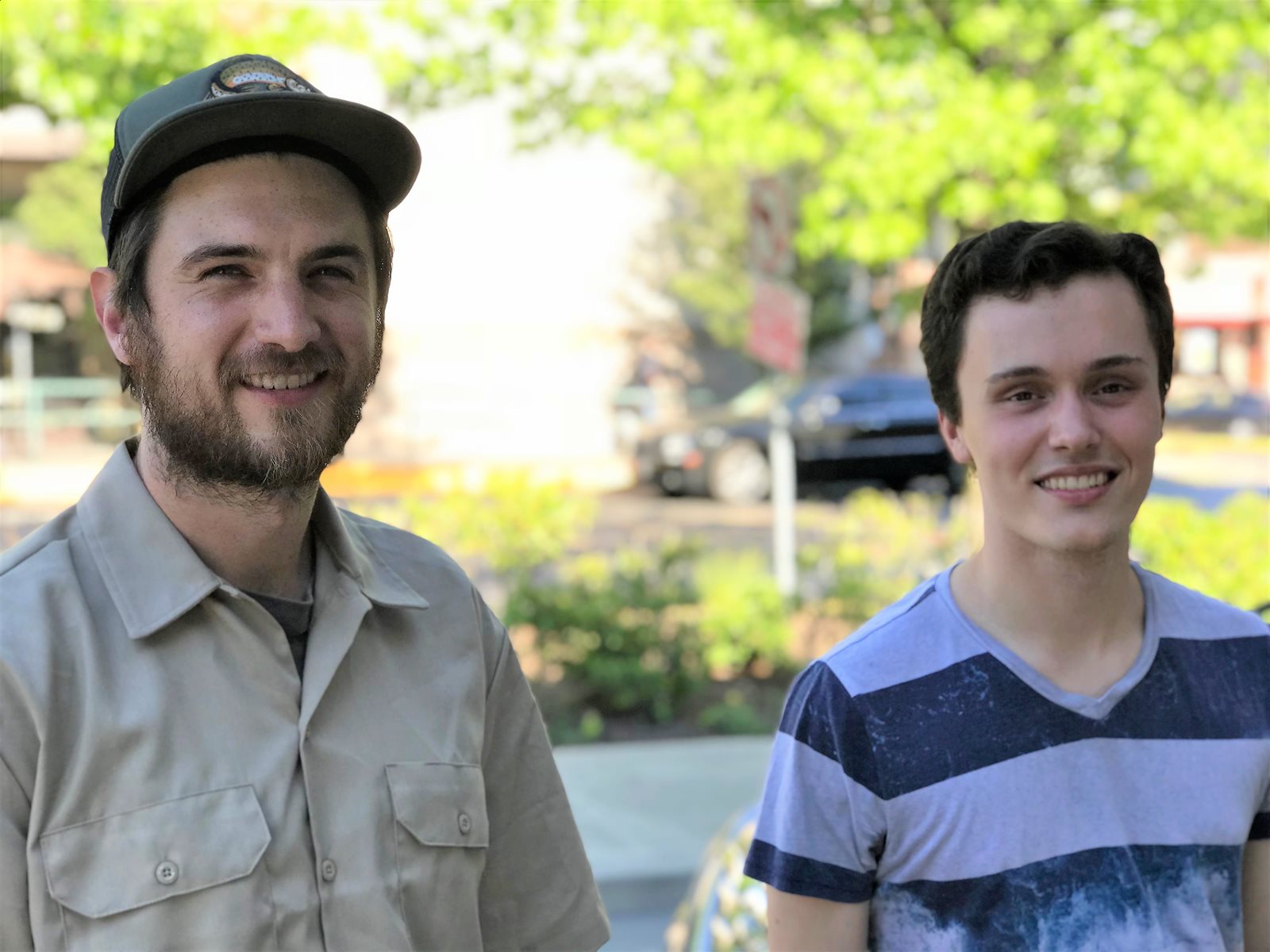
On the Revelle, Munson and Nelson both enjoyed the physical work, moving equipment or other activity on deck. “Any chance we had,” Munson said.
The purpose of the third leg was strictly engineering. Engineers from the Applied Physics Laboratory at the UW in Seattle replaced a mooring in the cable array about 50 miles off the coast of Oregon. The mooring holds an instrument platform and connects to a structure on the sea floor about 600 meters deep. The previous mooring had been destroyed by a fishing trawler, Munson said.
One task employed Nelson and Munson in attaching “football” buoys to a cable to prevent it from becoming too tight or slack. They took photos for their own project, a video that will show engineers how to deploy a similar mooring in the future. Working engineers welcomed their questions.
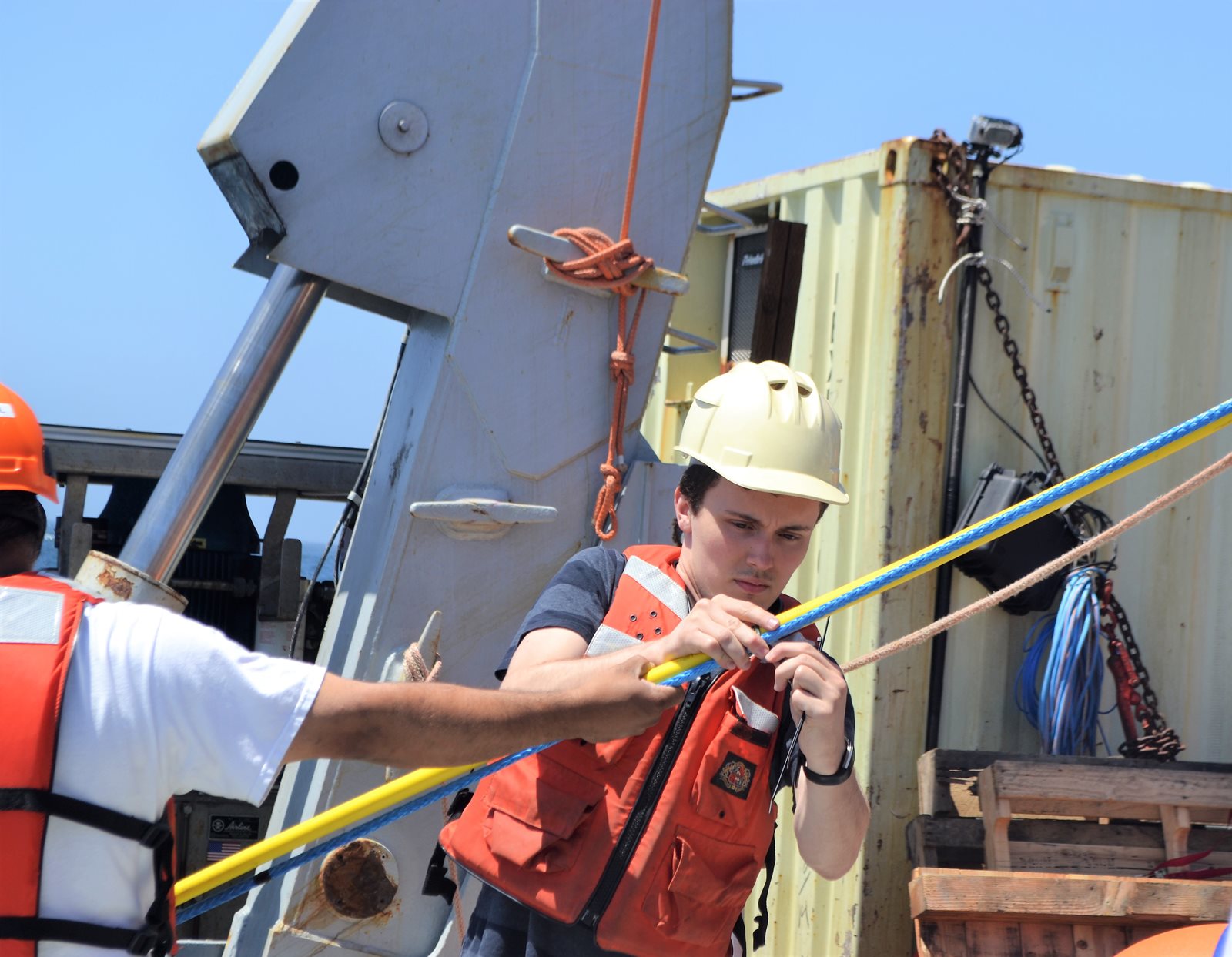
“There’d be nights where we could sit down with one of the engineers and, since our project is very much about the mechanics and how they did it, they gave us a very good understanding of how everything works,” Munson said.
Nelson and Munson each had been at sea before on cruise ships. They said they had more fun on the Revelle where the corridors are tight, the stairs are steep, and they shared a windowless room with bunk beds next to the noisy engine room.
“It was cool to see the combination of engineering and manual labor, which are two things I enjoy,” Nelson said. “It was cool to see the science behind it and the very meticulous process of deploying these instruments. It was cool to be at sea.”
Nelson’s dream job would be similar work. Munson agrees and would like to be one of the engineers who designed the project and then went on deck “hooking things up and winching things out.”
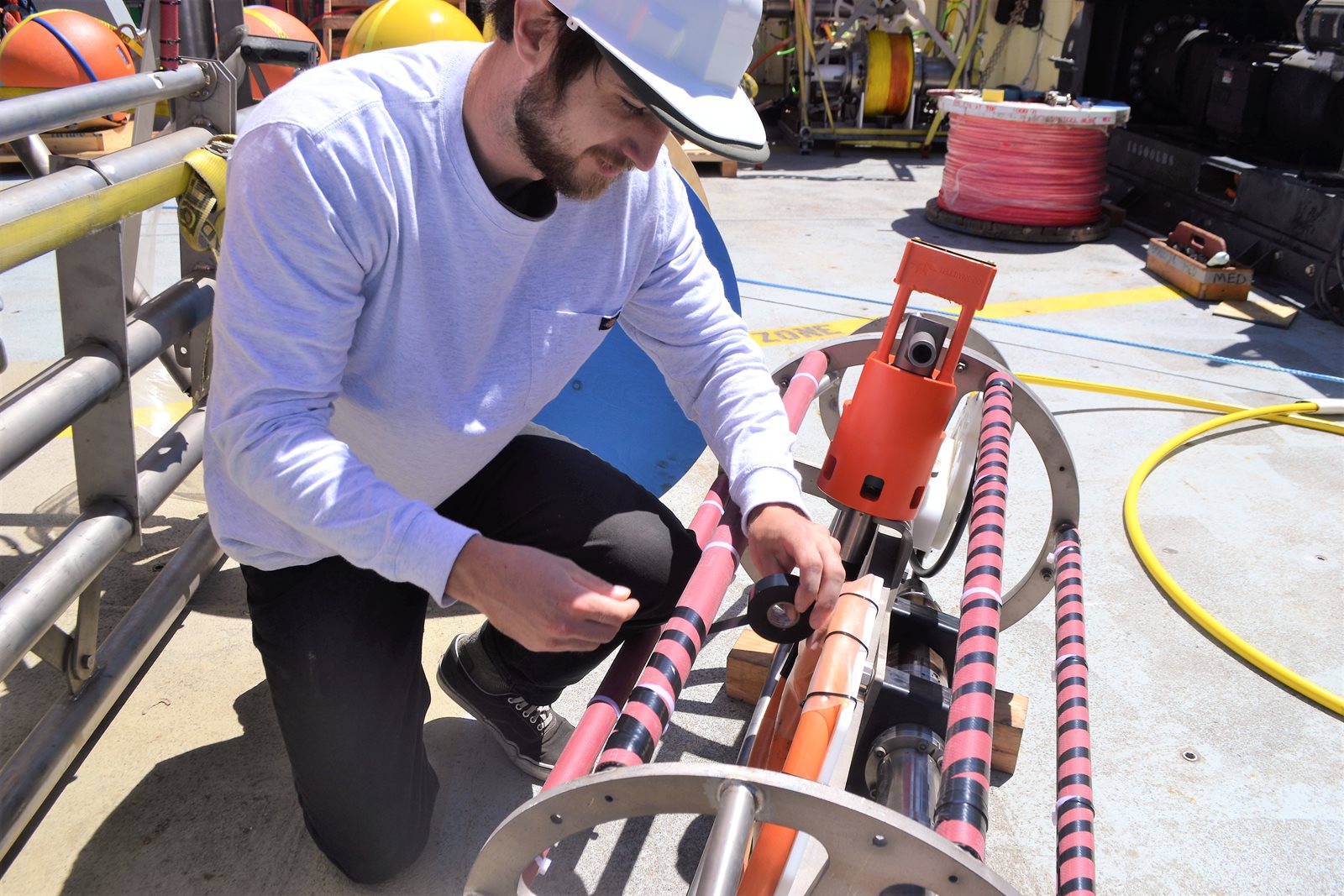
The cabled array records seismic signals, measures water temperature and acidification, and records biological life, providing data about the ocean ecosystem. Connected to shore by fiber optic cable, the array streams data and images over the internet. Overall, the summer’s work involved recovering and installing more than 100 instruments.
The University of Washington led the design and construction of the cabled array in the early 2000s under the direction of Professor John Delaney. Others involved in the program are Rutgers, Oregon State University and the Woods Hole Oceanographic Institution.
The OOI operates seven arrays in the Atlantic and Pacific in the Western Hemisphere. One of the biggest projects funded by the National Science Foundation, it is managed by the Consortium for Ocean Leadership in Washington, D.C.


